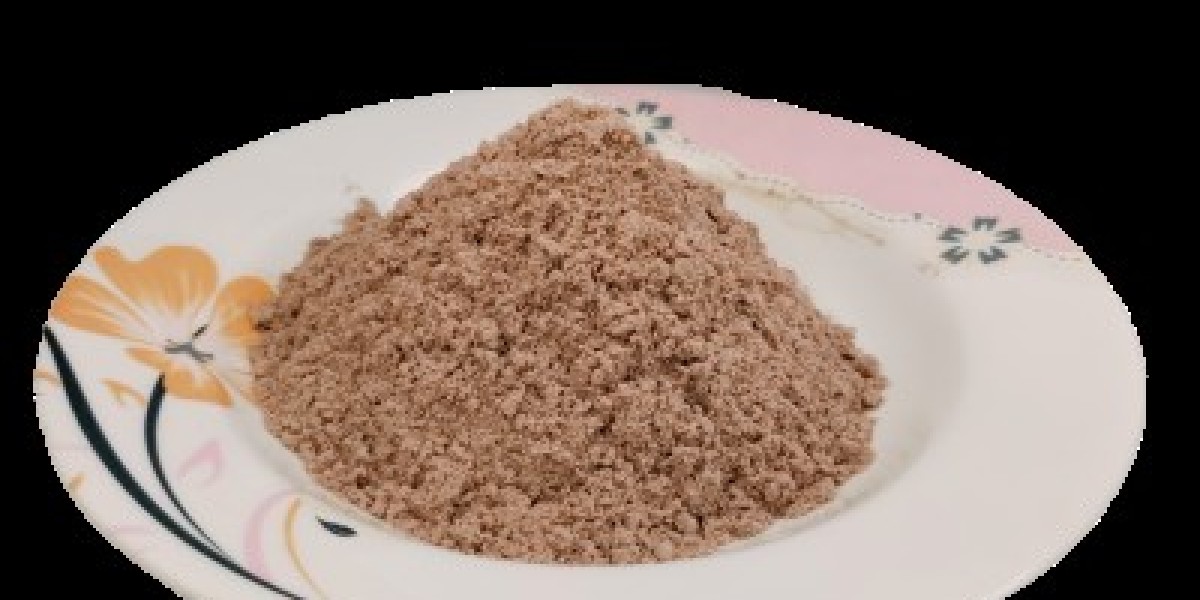Edible salt is an essential component of the human diet and has been used for centuries for seasoning and preservation. It is a crystalline mineral primarily composed of sodium chloride (NaCl), a compound vital for various physiological processes. While it may seem simple, edible salt plays a complex role in culinary practices, health, and industrial applications.
edible salt meaning is more than just a seasoning; it is a cornerstone of human civilization with profound culinary, health, cultural, and industrial implications.
What is Edible Salt?
Edible salt refers to any salt that is safe for human consumption. The primary type of edible salt is table salt, which is typically refined and often fortified with iodine to prevent iodine deficiency disorders. However, there are other varieties of edible salt with different textures, colors, and mineral compositions, such as sea salt, Himalayan pink salt, and kosher salt.
Types of Edible Salt
Table Salt
Table salt is the most commonly used salt in households worldwide. It is finely ground, highly refined, and usually contains anti-caking agents to prevent clumping. Many manufacturers add iodine to table salt to address nutritional deficiencies.
Sea Salt
Sea salt is produced through the evaporation of seawater. It retains trace minerals like magnesium, potassium, and calcium, which can influence its taste and nutritional profile. Sea salt is available in coarse and fine grains.
Himalayan Pink Salt
This salt is mined from ancient salt deposits in the Himalayan region. Its distinctive pink hue comes from trace minerals, including iron. Himalayan pink salt is often marketed as a healthier alternative due to its mineral content.
Kosher Salt
Kosher salt has a coarse texture and is favored by chefs for its ability to draw moisture out of meat during the koshering process. It dissolves quickly, making it versatile for cooking.
Other Specialty Salts
Black Salt (Kala Namak): A volcanic rock salt used in South Asian cuisine. It has a pungent, sulfurous flavor.
Fleur de Sel: A delicate, hand-harvested sea salt prized for its texture and flavor.
Celtic Sea Salt: A moist, unrefined salt harvested from coastal regions in France.
Chemical Composition of Edible Salt
Edible salt is primarily sodium chloride, which constitutes about 97-99% of its composition. Depending on the type, it may also contain trace amounts of minerals such as:
Magnesium
Potassium
Calcium
Iron
Production and Processing
Mining
Salt can be mined from underground salt deposits using traditional mining methods or solution mining, where water is pumped into the deposits to dissolve the salt, which is then extracted.
Evaporation
Sea salt and some specialty salts are produced by evaporating seawater in shallow ponds under the sun.
Refining
Refining involves removing impurities and unwanted minerals. Refined salt is often fortified with iodine and treated with anti-caking agents to improve shelf life and usability.
Culinary Uses of Edible Salt
Seasoning
Salt enhances the flavor of food by reducing bitterness and amplifying sweetness and umami. It is used in almost every cuisine globally.
Preservation
Salt has been used for centuries to preserve food by drawing out moisture and inhibiting bacterial growth. Common examples include salted fish, cured meats, and pickles.
Baking
In baking, salt controls yeast activity and enhances the flavor of baked goods.
Finishing Salt
Certain salts, like fleur de sel, are used as finishing salts to add texture and flavor to dishes right before serving.
Note: edible salt meaning, it holds symbolic significance in many cultures and religions, used in purification rituals and blessings.
Health Aspects of Edible Salt
Benefits
Electrolyte Balance: Sodium and chloride are essential electrolytes that regulate fluid balance and nerve function.
Muscle Function: Sodium aids in muscle contractions.
Iodine Source: Iodized salt helps prevent goiter and other iodine deficiency disorders.
Risks of Excess Salt
Hypertension: High salt intake is linked to elevated blood pressure.
Heart Disease: Excessive consumption increases the risk of cardiovascular issues.
Kidney Stones: High sodium levels can lead to calcium excretion, contributing to kidney stone formation.
Recommended Intake
The World Health Organization (WHO) recommends consuming less than 5 grams (about one teaspoon) of salt per day to minimize health risks.
Cultural and Historical Significance
Historical Value
Salt has been a valuable commodity throughout history, often referred to as "white gold." It played a crucial role in trade, wars, and the establishment of trade routes.
Religious and Ritual Use
Salt holds symbolic significance in many cultures and religions, used in purification rituals and blessings.
Environmental Impact
Salt Production
Large-scale salt production can affect ecosystems, particularly in coastal areas where seawater evaporation ponds are used.
Sustainability
Efforts are being made to adopt sustainable practices in salt production, such as reducing energy consumption and preserving local biodiversity.
Industrial Applications of Edible Salt
Although primarily used for consumption, salt also has industrial applications, including:
Chemical Manufacturing: Used in the production of chlorine and caustic soda.
De-icing Roads: Salt lowers the freezing point of water, making it effective for melting ice on roads.
Water Softening: Salt removes calcium and magnesium ions from hard water.
Conclusion
Edible salt is more than just a seasoning; it is a cornerstone of human civilization with profound culinary, health, cultural, and industrial implications. Understanding its types, uses, and effects can help us appreciate this simple yet indispensable mineral.









